There can be your advertisement
300x150
Charitable activities of Russian millionaires: how the Morozovs built hospitals and changed Moscow's face
Inspirational example of how initiative changed the look of an entire city and influenced the lives of many people across generations
In Russia at the end of the XIX — beginning of the XX century, the surname Morozov was as convincing as the surnames Gates or Buffett today. This dynasty of textile magnates not only created a huge industrial empire but also forever changed the look of Moscow thanks to their large-scale philanthropy.
Main points of the article:
The Morozovs, who were originally serf peasants, became one of the richest families in Russia, entering the top-5 of Forbes list in 1914;
Members of the dynasty considered philanthropy an important mission in life, as old believers;
Alexei Vikulovich Morozov spent a huge inheritance (600,000 rubles) on building a children's hospital, which still operates today;
Philanthropy of the Morozovs included not only medical institutions but also educational, cultural and social objects;
Many buildings constructed with Morozovs' money continue to function in modern Moscow.
From serfs to millionaires: who are the Morozovs
The story of the Morozov dynasty started with Savva Vasilievich — a serf peasant who managed not only to buy his freedom but also to establish a textile empire. The cost of his freedom was incredible 50,000 rubles — at that time, the monthly salary of a footman was only 9 rubles.
The Morozovs started with simple textile production, which they sold in Moscow. Gradually their small business turned into a huge manufacturing plant. In 50 years, the number of workers in their factories grew from two to thousands. By 1914, the Morozovs had entered the top five richest families of the Russian Empire according to Forbes magazine.
It is important to note that the Morozovs were old believers belonging to the non-popovite stream. For old believers, wealth imposed special responsibility — they believed that it was the duty of a wealthy person to help society through philanthropy.
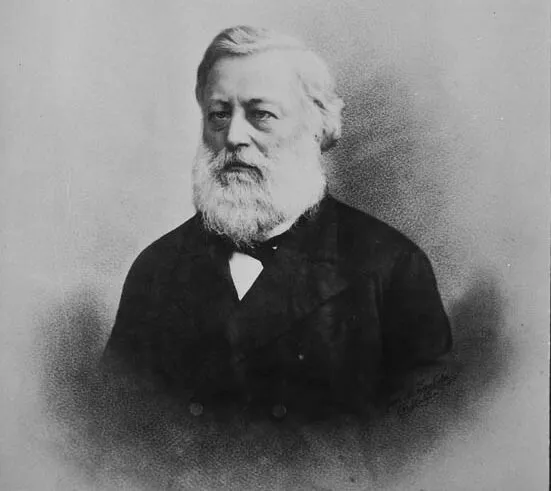 Photo: kstolica.ru, Morozov Savva Vasilievich
Photo: kstolica.ru, Morozov Savva VasilievichThe Morozov Children's Hospital: legacy saving lives for over a century
One of the most significant charitable projects of the dynasty was the Morozov Children's Hospital, which still exists in Moscow today. This large-scale project was implemented thanks to Alexei Vikulovich Morozov, a member of the fourth generation of the family.
Inheriting from his father an enormous sum for those times — 600,000 rubles — Alexei did not spend it on luxury or business expansion. Following his father's last wish, he invested the entire amount into building a children's hospital.
Opened in 1903, the Morozov Children's Hospital was equipped with the latest medical technology of its time. Here worked the best doctors, modern treatment methods were applied, and children from low-income families received free assistance.
Today the Morozov Children's Municipal Clinical Hospital is one of the largest children's medical institutions in Moscow, annually treating thousands of young patients. The modern hospital building has significantly expanded compared to the original complex but preserved its historical legacy and memory of its benefactor.
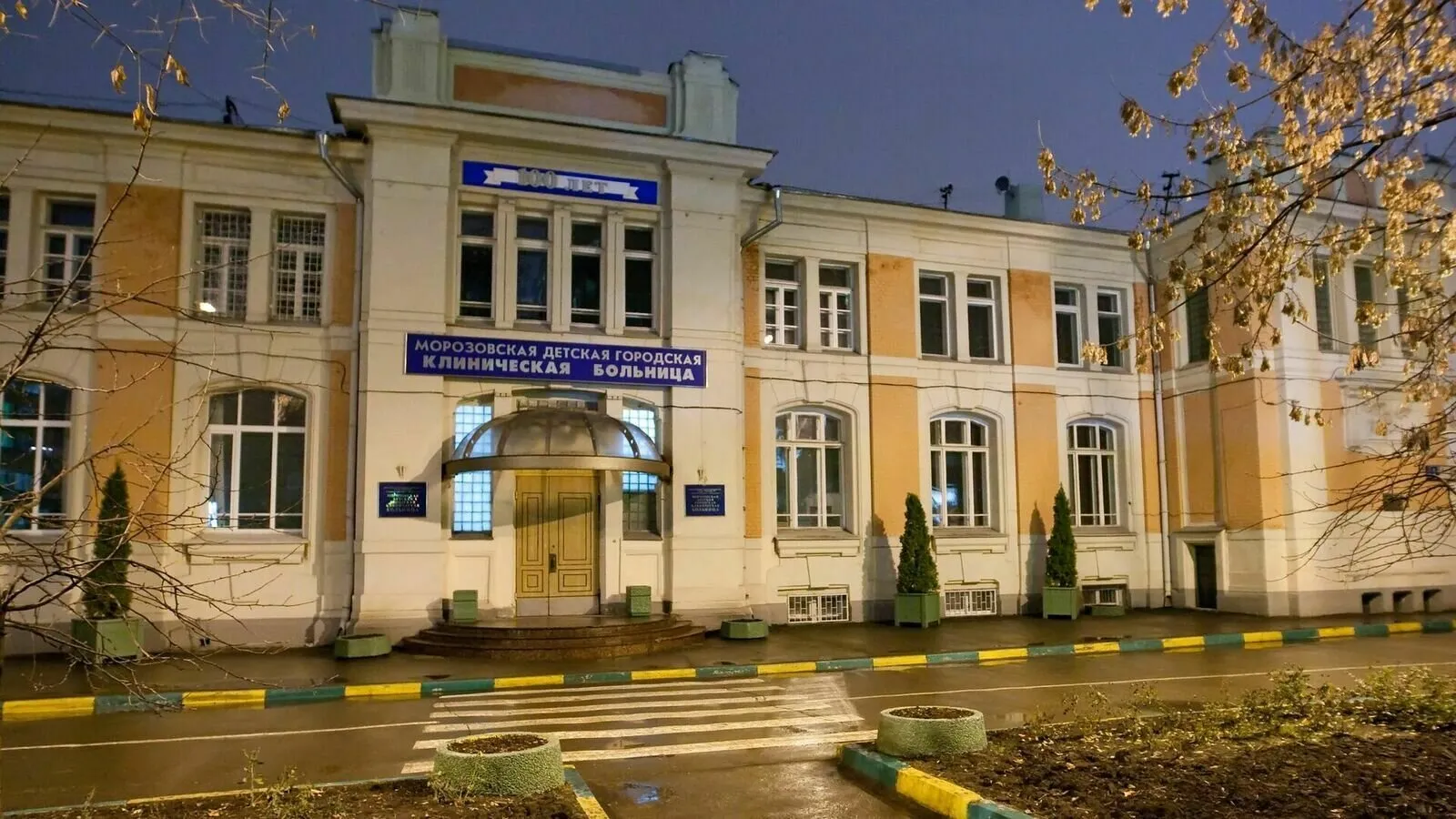 Photo: pinterest.com
Photo: pinterest.comFactory hospitals and housing for workers: social responsibility the Morozov way
The philanthropy of the Morozovs did not stop at capital projects. They particularly focused on living conditions and health of their factory workers.
In Orehovo-Zuevo, where the main Morozov productions were located, not only factory buildings were constructed but also a whole social infrastructure: hospitals, orphanages, housing for workers, schools and even a theater. Working conditions in Morozov factories were considered among the best in Russia, which was rare for that time.
Varvara Alekseevna Morozova, mother of Alexei Vikulovich, was especially active in philanthropy. She invested huge sums into hospitals, shelters and orphanages. Her charitable activities were so extensive that her name became synonymous with generosity and care for the needy.
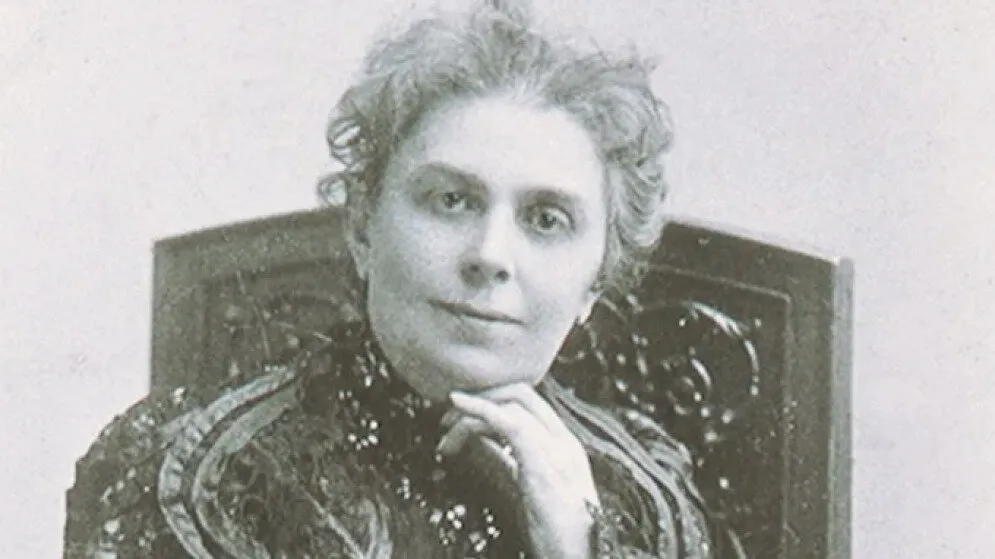 Photo: kstolica.ru
Photo: kstolica.ruContribution to education and culture: beyond medicine
The Morozovs’ philanthropy extended far beyond medicine. Members of the dynasty actively supported education and culture.
Savva Timofeevich Morozov, cousin of Alexei Vikulovich, was one of the main sponsors of the Moscow Art Theatre. Without his financial support, the MHT might not have become what it is today.
Other family members donated significant sums for construction and maintenance of schools, gymnasiums, libraries and universities. For example, Varvara Alekseevna Morozova funded the construction of several municipal schools in Moscow and supported Moscow University.
Collecting and patronage: preserving cultural heritage
A special chapter in the charitable activities of the Morozovs is their contribution to preserving and developing Russian art. Many members of the dynasty were passionate collectors and patrons.
Alexei Vikulovich Morozov, who lived in a mansion on Podsolnechny Per.
More articles:
 Zagrodowy dom, do którego chce się przeprowadzić: 6 trendowych pomysłów, aktualnych dziś i w przyszłości
Zagrodowy dom, do którego chce się przeprowadzić: 6 trendowych pomysłów, aktualnych dziś i w przyszłości Inteligentna organizacja przechowywania: systemy, które naprawdę działają
Inteligentna organizacja przechowywania: systemy, które naprawdę działają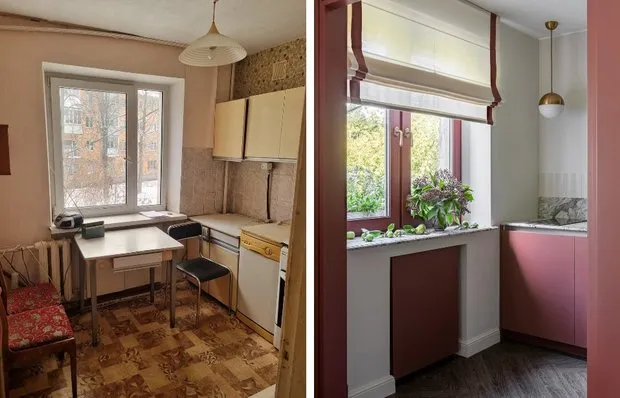 Do i po: odważny projekt kuchni w khrushczówce
Do i po: odważny projekt kuchni w khrushczówce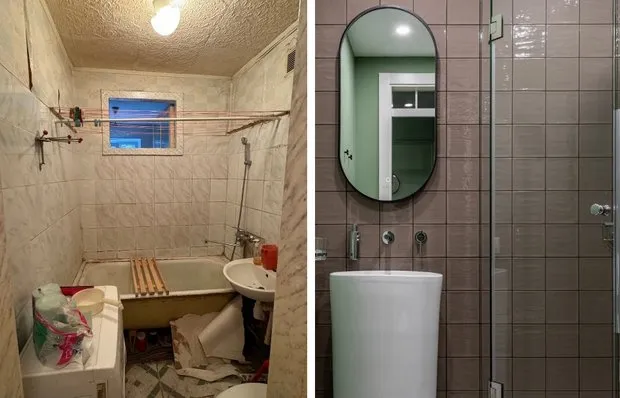 Jak przekształcono mikro łazienkę w kryształce 44 m²: zdjęcia przed i po
Jak przekształcono mikro łazienkę w kryształce 44 m²: zdjęcia przed i po Jak architektka przekształciła kuchnię w stalince 50 m² dla siebie
Jak architektka przekształciła kuchnię w stalince 50 m² dla siebie 20 praktycznych sposobów na odświeżenie wnętrza bez remontu i dużych kosztów
20 praktycznych sposobów na odświeżenie wnętrza bez remontu i dużych kosztów Jak ustawiono uютny domik 53 m² z „dachem skrzynką” bez projektanta
Jak ustawiono uютny domik 53 m² z „dachem skrzynką” bez projektanta Żyć w Petersburgu: jak nowoczesne kompleksy mieszkaniowe kształtują nowe standardy komfortu
Żyć w Petersburgu: jak nowoczesne kompleksy mieszkaniowe kształtują nowe standardy komfortu